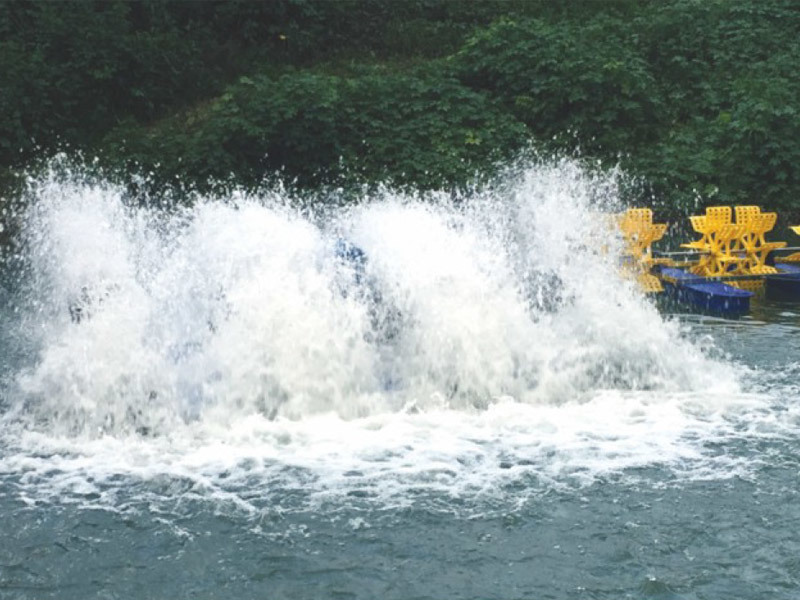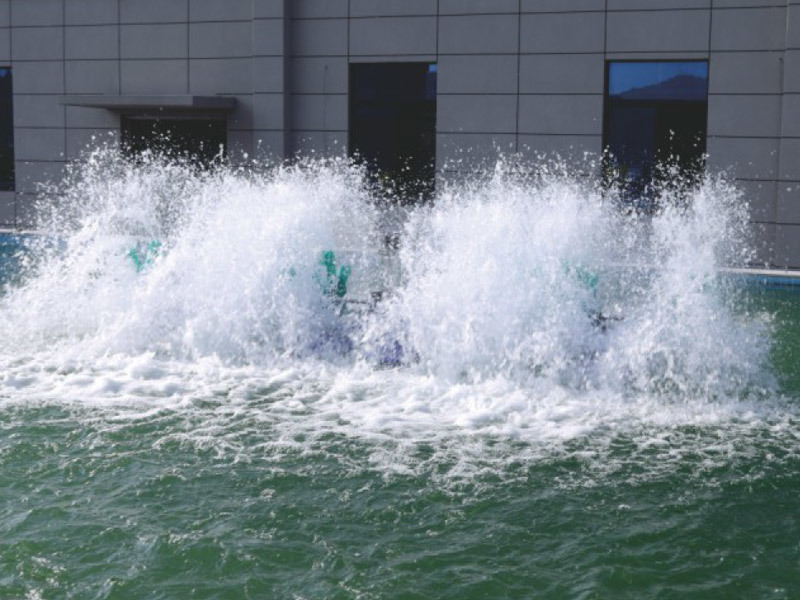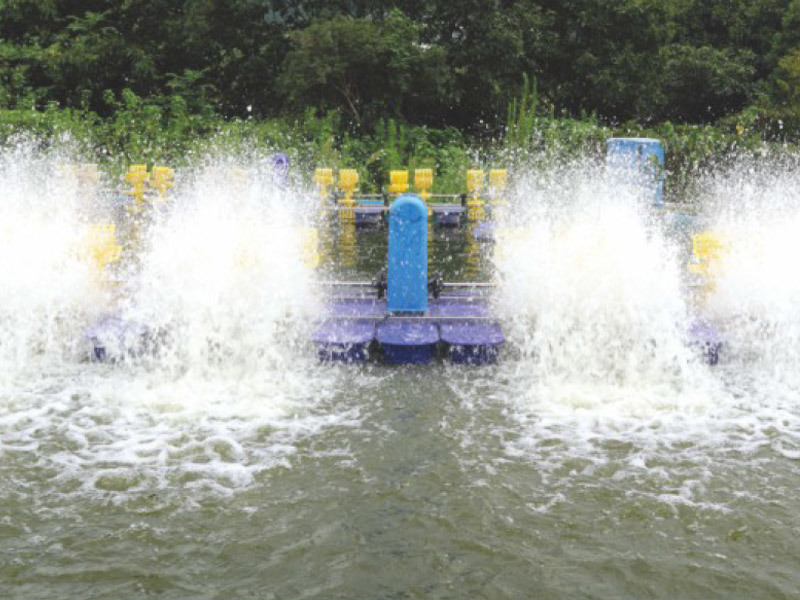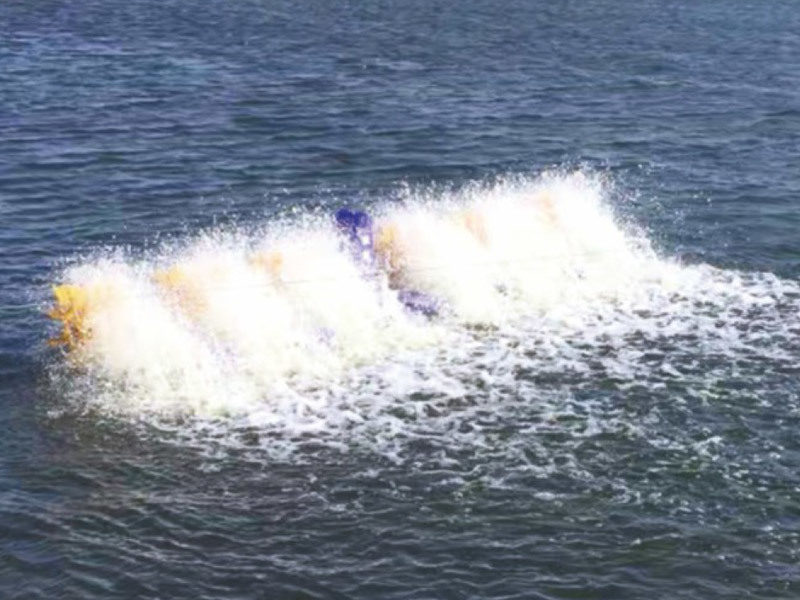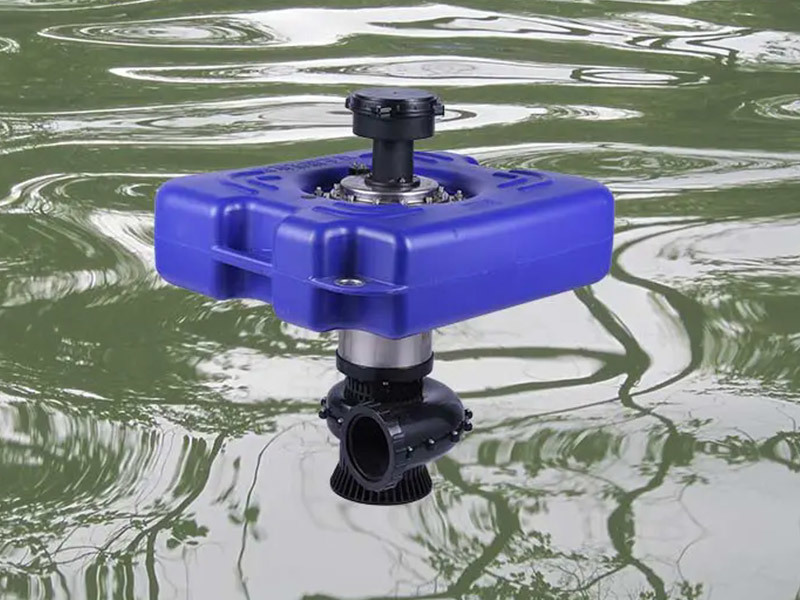What Security Issues Should I Pay Attention To When Using Small Pond Lake Aerator?
May 14,2024
When it comes to using Small Pond Aerators and Lake Aerators, safety should be a top priority. These aeration systems, while highly effective in improving water quality and enhancing fish survival rates, can pose potential hazards if not installed, operated, and maintained properly.
1. Electrical Safety:
Floating Pond Aerators and Fish Pond Aerators are powered by electricity, which can be a significant safety concern if not handled correctly. Improper wiring, faulty connections, or exposure to water can lead to electrical shocks, fires, or even electrocution. To address this issue, it is crucial to ensure that all electrical components are installed by qualified professionals and meet the necessary safety standards.
Solution: Hire a licensed electrician to install and maintain the electrical components of your Floating Pond Aerator or Fish Pond Aerator system. Ensure that all wiring is properly insulated and protected from water exposure. Additionally, consider installing ground fault circuit interrupters (GFCIs) to prevent electrical shocks.
2. Entanglement Hazards:
The moving parts of Floating Pond Aerators and Fish Pond Aerators, such as the propellers or diffuser hoses, can pose entanglement risks. If not properly guarded or secured, these components can potentially entangle swimmers, pets, or wildlife, leading to serious injuries or even drowning.
Solution: Install protective guards or barriers around the moving parts of your Floating Pond Aerator or Fish Pond Aerator to prevent accidental contact. Clearly mark the aeration area with warning signs or buoys to discourage swimming or boating near the equipment.
3. Tripping and Falling Hazards:
Depending on the installation method, Floating Pond Aerators and Fish Pond Aerators may have cables or hoses running across the ground or pond surface. These can create tripping hazards, especially in areas with high foot traffic or poor visibility.
Solution: Ensure that all cables and hoses are properly secured and covered to minimize tripping hazards. If possible, bury or conceal the cables underground or along the pond's edge. Additionally, install warning signs or markers to alert people of potential trip hazards.
4. Noise Pollution:
Some Floating Pond Aerators and Fish Pond Aerators can generate significant noise levels, which may be disruptive to nearby residents or wildlife. Excessive noise can also contribute to stress and discomfort for those working or living in close proximity to the aeration system.
Solution: Consider investing in quieter aeration models or implementing noise-reducing measures, such as sound-absorbing barriers or enclosures. Additionally, ensure that the aeration system is installed at an appropriate distance from residential areas or sensitive wildlife habitats.
5. Maintenance and Safety Protocols:
Regular maintenance is crucial for the safe and efficient operation of Floating Pond Aerators and Fish Pond Aerators. Neglecting maintenance can lead to equipment failure, potential hazards, and reduced effectiveness.
Develop and strictly follow a comprehensive maintenance schedule for your Floating Pond Aerator or Fish Pond Aerator system. This should include regular inspections, cleaning, and replacement of worn or damaged components. Additionally, establish clear safety protocols for maintenance personnel, such as lockout/tagout procedures and personal protective equipment (PPE) requirements.
Addressing these safety considerations and implementing practical solutions, pond and lake owners can enjoy the benefits of Floating Pond Aerators and Fish Pond Aerators while reducing potential risks to people, pets, and the environment. Remember, safety should always be a top priority when working with aeration systems to ensure a pleasant and secure experience for all.
Latest News




